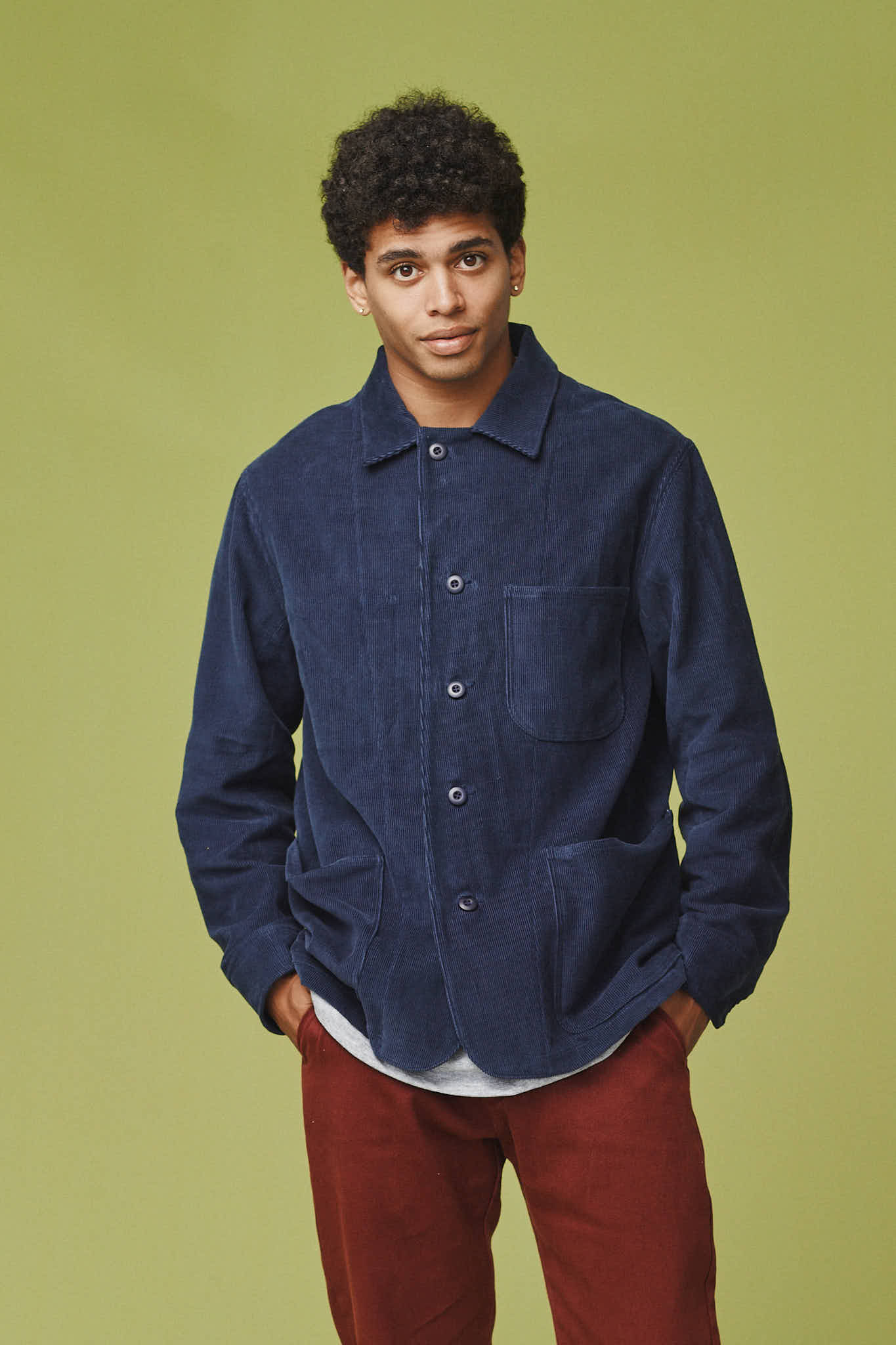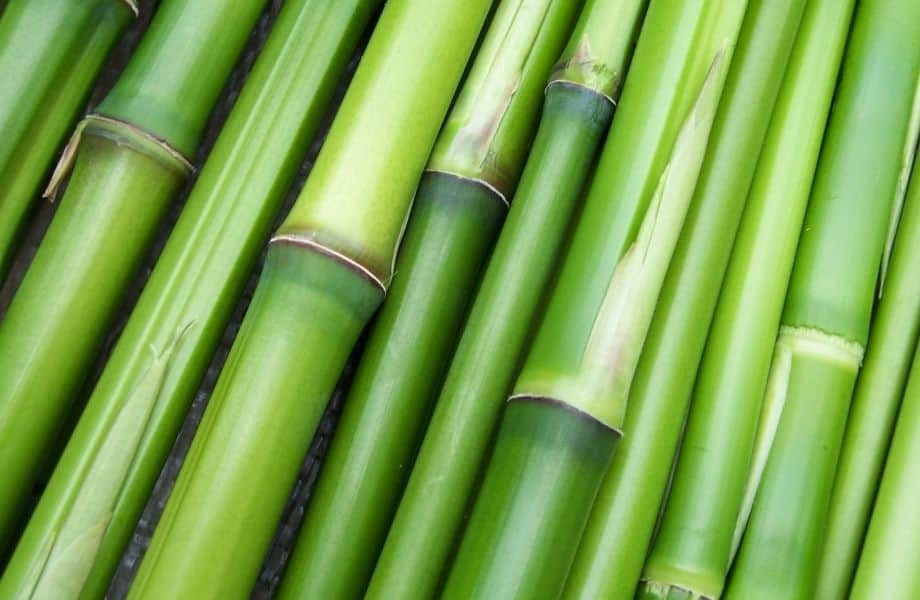Great Reasons On Picking Hemp Clothing
Wiki Article
Why Is Hemp So Much Stronger, More Biodegradable And Regenerative Compared To Cotton?
The inherent properties of hemp and its cultivation methods makes it more biodegradable and durable than cotton. Here's why- Biodegradability-
Natural Fiber Natural Fiber Hemp is made of a natural plant fibre, that is biodegradable. If they are removed, hemp clothing and textiles are broken down naturally over time, returning to the earth without leaving behind the long-lasting garbage. This contrasts with synthetic fibres like polyamide, which can decompose over the course of hundreds of years.
Hemp textiles are free of chemical treatments and additives which can slow biodegradability. However, some cotton textiles are treated with synthetic chemicals, such as dyes or finishes that can slow biodegradation process.
Durability-
Fiber Strength- Hemp fibers are well-known for their durability and strength. Hemp clothing and textiles are less susceptible to wear and tear which makes them more durable compared to some cotton products. This means that hemp clothing will last longer, even before it starts to show indications of wear and wear and tear.
Hemp fabric is less susceptible to pilling, which is the development of tiny, fuzzy balls at the fabric's surface. This contributes to the longevity of their fabrics and also the overall quality.
Regenerative Agriculture-
Soil Health - Hemp cultivation can be regenerative if done sustainably. Hemp has an extensive root system that helps stop soil erosion and compaction and can also enhance soil health by opening up the soil and increasing the activity of microbial. This regeneration aspect can improve the soil for future crop.
Low environmental impact Sustainable hemp cultivation methods typically use a minimal amount of pesticides or herbicides in order to minimize environmental damage. The cultivation of cotton is a traditional method that could cause soil degradation as well as water pollution, among other environmental problems due the use of synthetic chemicals.
Water Efficiency-
Hemp typically requires less cotton to grow. Its drought-resistant characteristics mean that it is able to thrive even with little irrigation, or even in conditions that are rain-fed. This makes it an ideal option for areas that have limited water supplies.
Crop Rotation Hemp can be integrated in crop rotation systems that can enhance overall soil health and reduce the chance of soil loss and disease buildup. Crop rotation in cotton farming isn't as frequent.
The versatility of hemp allows it to be used for many different applications, including clothing, textiles papers, building materials and paper. Hemp cultivation is a flexible crop that can be utilized to aid a wide range of industries through eco-friendly and sustainable methods.
While hemp is a great product with many benefits but it is essential to remember that cotton and hemp can both be made using a sustainable or a non-sustainable way, depending on processes and methods used to grow them. The choice of hemp products made using eco-friendly and ethical practices will maximize its environmental advantages. Also, using organic cotton can help alleviate the environmental issues related to conventional cotton production. See the most popular advice about hemp clothes for website advice including patagonia volley shorts, jeans hemp, womens hemp clothing, patagonia hemp island pants, hemp button shirt, hemp tank top, hemp clothing near me, hemp pants, patagonia hemp pants, organic hemp underwear and more.

What's The Secret Behind Hemp's Thermoregulating, Moisture-Wicking And Breathable Properties?
Hemp fibers are water-wicking and breathable. They also possess thermoregulatory characteristics due to their distinctive chemical and structural properties. These properties result from the combination of the following aspects- Microscopic Structure- Hemp fibers are porous, hollow structure which allows air to circulate through the fibers. Natural porosity is what makes hemp textiles extremely breathable. The structure is weaved into fabric so that air can flow through. This improves airflow and prevents heat and moisture from being trapped against the skin.
Hemp fibers absorb moisture and wick away. Hemp is hydrophilic which means it has a strong affinity for water. Wearing hemp clothes can help absorb sweat and moisture. This will prevent the feeling of being wet. The hemp fibers also help to wick moisture away from your body by spreading the moisture across a large surface area that makes it easier to evaporate the moisture faster. This moisture-wicking quality keeps you comfortable and dry when exercising or during the summer heat.
Hemp fibers have natural thermal regulation properties. They can trap heat close to the body in cold weather, providing warmth. When it is hot, they allow the heat and moisture to out. This aids in cooling the body. This inherent thermoregulatory ability makes hemp clothing suitable for a variety of temperatures and activities.
Hemp fibers are naturally antimicrobial, and are able to stop the growth of bacteria which cause smells. This attribute contributes the freshness, and also odor resistance in hemp clothing.
Hemp fibers have a long life span and are extremely durable. That means hemp clothing can endure repeated washing and wear without loosing breathability or losing moisture-wicking properties. This durability extends the lifespan of hemp clothes, decreasing the need for replacements, and also reducing the environmental impact.
UV Protection Hemp fibers are an organic UV protector that shields the skin from harmful UV rays. Hemp clothing is flexible due to its UV blocking properties. It's great for activities outdoors.
These properties are inherent in hemp fibers and do not depend on chemical treatments or additions. The inherent properties of hemp allow it to be an eco-friendly and comfortable choice to wear clothing, specifically for outdoor clothing, activewear and warm-weather clothes. Since hemp fibers can be processed and then woven and woven, they maintain their inherent qualities and make them a green, functional fabric. Read the top killer deal about hemp clothes for site examples including american made hemp clothing, nomad hemp wear, hemp polo shirts, hemp swimsuit, hemp button shirt, hemp apparel, hemp pants, hemp tank top, hemp tees, hemp golf shirts and more.

What is the difference in bamboo and hemp fibers?
Bamboo and hemp are two distinct plant-based fibres used in the production of textiles, each with its unique characteristics and properties. These are the main differences between hemp and bamboo fibers- 1. Plant Source-
Hemp- Hemp fibers are derived from the hemp stalks plant, particularly from the bast fibers on the outside. Hemp is adaptable, quick-growing and was used to create various products for centuries.
Bamboo fibers are produced from bamboo pulp. Bamboo is a rapid-growing grass, renowned for its toughness and rapid renewal.
2. Fiber Characteristics
Hemp- Hemp is known for its strength and durability. They are among the most durable natural fibers and become softer after each wash and are therefore suitable for long-lasting textiles.
Bamboo- Bamboo fibres are soft and silky with a smooth texture. They are weaker than hemp, and are more fragile. However they are extremely sought-after for their comfort when placed against the skin.
3. Texture and Feel
Hemp- Hemp fabrics have a textured, slightly coarse feeling when they are in the natural state. It can be very cozy, but it has distinct than bamboo.
Bamboo fabric is soft, silky and incredibly soft. It's described as being a mixture of silk and cotton, making it highly comfortable to wear.
4. Breathability (and moisture-wicking)-
Hemp- Hemp is naturally and breathable. It also absorbs water. They can help keep you cool and dry in hot temperatures.
Bamboo is also highly permeable, and it is able to wick away the moisture. They are made up of micro-gaps that improve their ability to regulate temperature and humidity. This keeps you comfortable in different circumstances.
5. Environmental Impact-
Hemp- Hemp fiber is an environmentally friendly product because of its low requirement for water, rapid growth as well as its resistance against pests. This means that it is less need for pesticides and herbicides. Hemp is also able to sequester carbon dioxide from the atmosphere during its expansion.
Bamboo- Bamboo's sustainability is widely known. It is fast growing, requires less water and is easy to grow without pesticides that are synthetic. Certain bamboo species, such as Moso Bamboo, are considered to be sustainable.
6. Processing-
Hemp- Hemp requires extensive processing in order to separate its bast fibers (outer woody core) from the woody inner fibers. Processing may include decoration, retting, or mechanical separation.
Bamboo The bamboo fibers are extracted using a chemical known as the viscose process. This is the process of breaking down bamboo pulp with chemicals. Certain bamboo textiles, however, employ closed-loop techniques to help reduce the waste of chemicals.
7. Versatility-
Hemp- Hemp fibres can be used for a wide range of applications, including clothes, textiles and even paper. They also make excellent building materials.
Bamboo fibers are found in a wide range of products, such as towels and bedding.
In sum In the end, both bamboo and hemp have distinct qualities and sustainability advantages. It's all about what you want in a product and how eco-conscious you are. Read the best website on bamboo clothing for website info including bamboo yoga leggings, bamboo infant clothing, bamboo material clothing, freefly hoodie, bamboo cay christmas shirts, bamboo baby clothes, mens boxer shorts bamboo, bamboo newborn clothes, bamboo activewear, bamboo ladies clothing and more.
